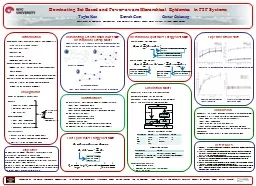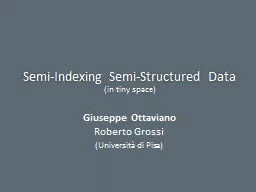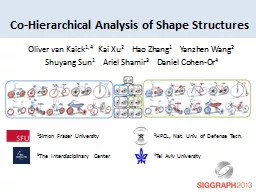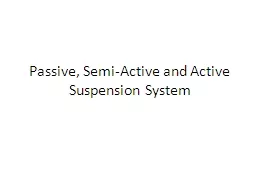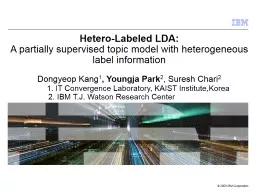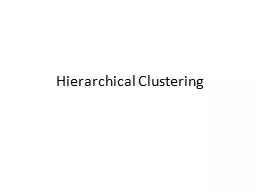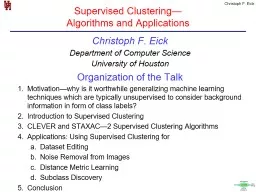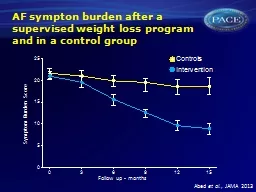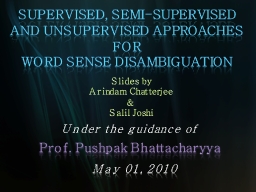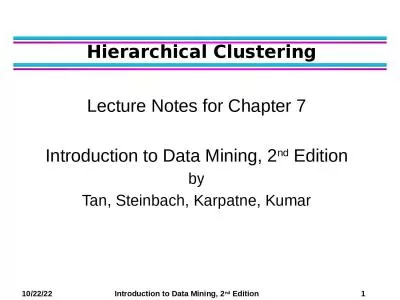PPT-Hierarchical Semi-supervised
Author : debby-jeon | Published Date : 2017-08-21
Classification with Incomplete Class Hierarchies Bhavana Dalvi Aditya Mishra and William W Cohen Allen Institute for Artificial Intelligence School
Presentation Embed Code
Download Presentation
Download Presentation The PPT/PDF document "Hierarchical Semi-supervised" is the property of its rightful owner. Permission is granted to download and print the materials on this website for personal, non-commercial use only, and to display it on your personal computer provided you do not modify the materials and that you retain all copyright notices contained in the materials. By downloading content from our website, you accept the terms of this agreement.
Hierarchical Semi-supervised: Transcript
Download Rules Of Document
"Hierarchical Semi-supervised"The content belongs to its owner. You may download and print it for personal use, without modification, and keep all copyright notices. By downloading, you agree to these terms.
Related Documents


